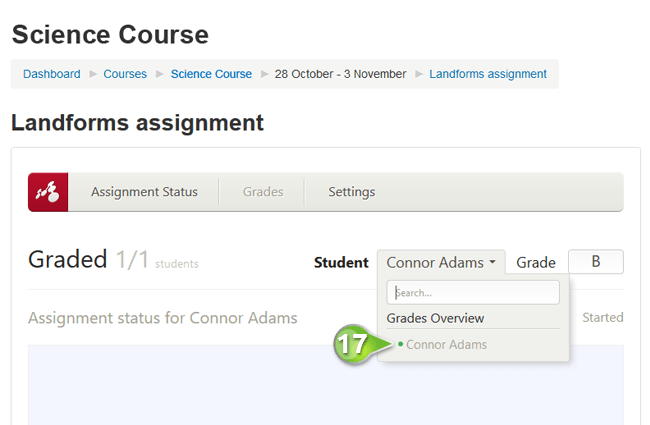

- #Student mindomo discount android#
- #Student mindomo discount Offline#
- #Student mindomo discount free#
#Student mindomo discount free#
If you are not sure what items the child prefers, perform a Free Operant Observation first. To make it more likely that your preference assessment will determine reinforcers, be sure to include items you think may be highly preferred by the child. For example, if a teacher gives a choice of six vegetables to a child who dislikes vegetables, he may still make selections during a preference assessment, even though he would be unlikely to perform academic tasks to obtain them. Preference assessments can only determine a rank of the items you test, and the items you select are not guaranteed to be reinforcers. Preference assessments can be used to determine preference hierarchies from a limited group of items. What is the difference between a highly-preferred item and a reinforcer? Note: When conducting edible preference assessments, always wear gloves and put food items on a hygienic surface (e.g., paper towel or large plate). Additionally, preference assessments are conducted slightly differently-with edibles, items are consumed and need not be taken away with toys, items are taken back after a predetermined time period. Teachers typically reinforce a single targeted behavior with edible OR tangible items, but not both. Generally, preference assessments with edible items (food) are conducted separately from preference assessments with tangible items (toys). Multiple Stimulus with Replacement (MSW) Preference Assessments Multiple Stimulus without Replacement (MSWO) Preference Assessments Preference assessments can be used to determine hierarchies for toys, edible items, social interactions, activities, caregivers, locations, and more, but this description will focus primarily on five types of preference assessments typically conducted with toys or edible items: Sometimes (but not always), the child’s most preferred items can be used to reinforce a child’s appropriate behaviors. A preference hierarchy indicates which items are a child’s highly-preferred items, moderately-preferred items, and low-preferred items. Commonly assumed reinforcers-like tokens and social praise-might not be reinforcing for children with disabilities, and in fact, may even punish appropriate behaviors! Preference assessments are observations or trial-based evaluations that allow practitioners to determine a preference hierarchy. Often, you can just ask them what they like or want to work for! For younger children and children with disabilities, potential reinforcers are sometimes less obvious. What are preference assessments, and why should I conduct them?įor older children and typically developing children, it is often simple to determine potential reinforcers (i.e., items that will reinforce targeted behaviors). Small Group Academic Instruction with Peer Modeling.Augmentative and Alternative Communication.Effective Communication Strategies to Use in Small Groups and Throughout the Day.
#Student mindomo discount Offline#
Users can view and edit mind maps online or offline and let the app sync with their MindMeister account whenever connected.
#Student mindomo discount android#
Native mobile apps for iOS as well as Android devices complement the browser-based solution and offer users access to their maps wherever they are. Word for instance converts the entire map content into a hierarchically structured text document which can be used as the basis for further refinement. Export options range from various mind mapping formats to printable PDFs, Word and PowerPoint files. MindMeister also supports multiple file formats including other mind mapping files, so users can seamlessly import their mind maps from other programs. This feature was designed for the particular needs of project managers and teachers, who profit tremendously from this fast and easy way of dividing big numbers of users into groups and sharing their maps with whole groups within seconds. MindMeister Groups allow users to seamlessly grant and revoke access to mind maps. In Presentation Mode, finished maps can be turned into slideshows and presented directly within the website or mobile app, broadcast to other collaborators in real-time, or exported as individual image files.

project managers to retrace each team member’s contributions. Users can also track changes by their creator, allowing f. Maps can also be published to the web and embedded on blogs and websites.Īnother main feature is MindMeister’s History View, enabling users to replay the entire change history of a mind map and revert back to any point in time. Non-users can be granted access as well as editing rights to a map via a secure link. Mind maps can easily be shared with other users. Since its integration with Google+ Hangouts in 2013, up to nine users can also collaborate on a mind map while video chatting at the same time. Unlike traditional mind mapping tools, MindMeister allows for real-time brainstorming sessions between an unlimited number of users.


 0 kommentar(er)
0 kommentar(er)
